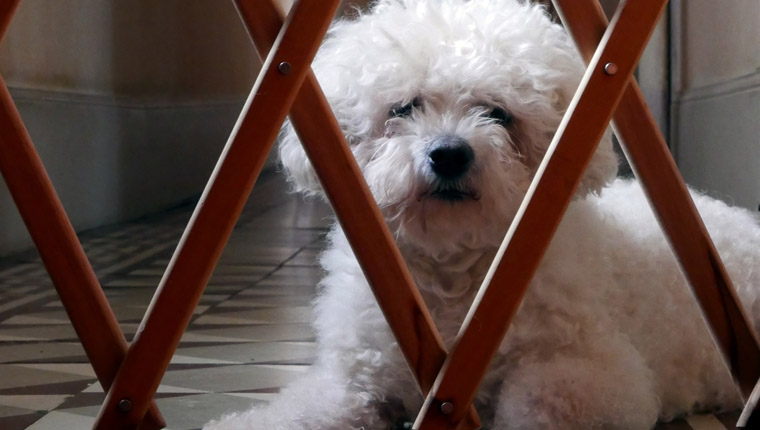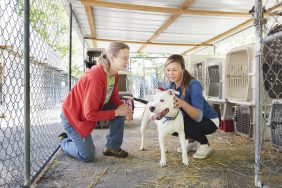
If you have a dog, you probably have one or more dog gates — unless, like me, you have a dog who can jump higher than you are tall. Never fear, however, as there are still some ways…


If you have a dog, you probably have one or more dog gates — unless, like me, you have a dog who can jump higher than you are tall. Never fear, however, as there are still some ways…



